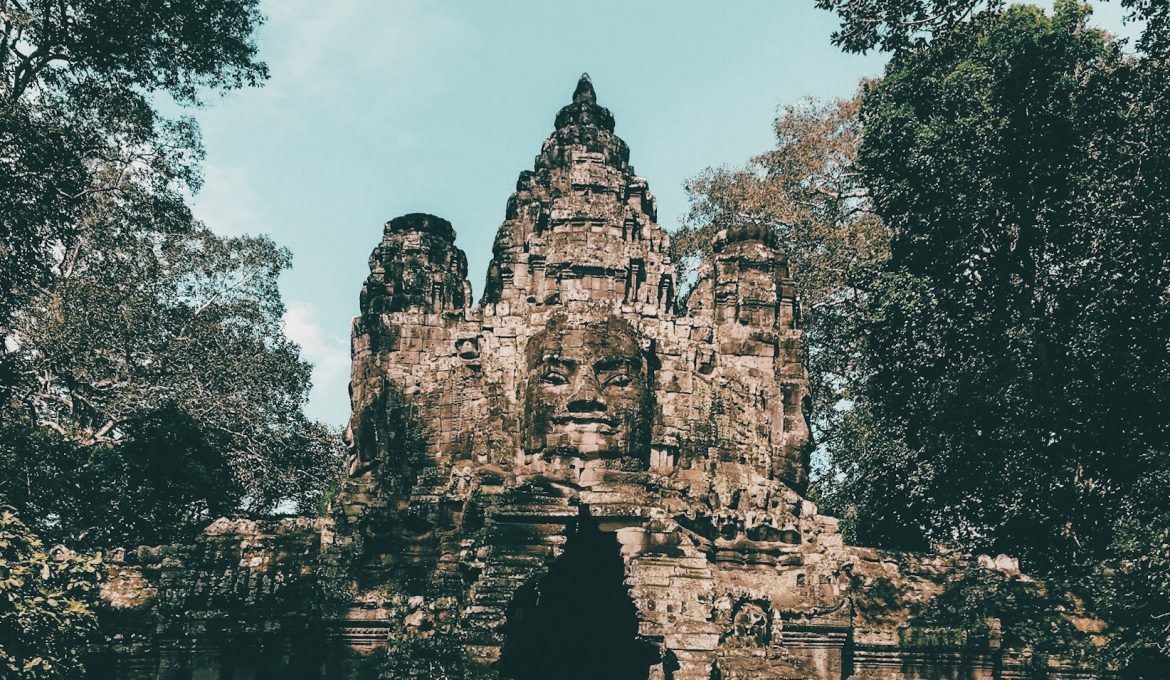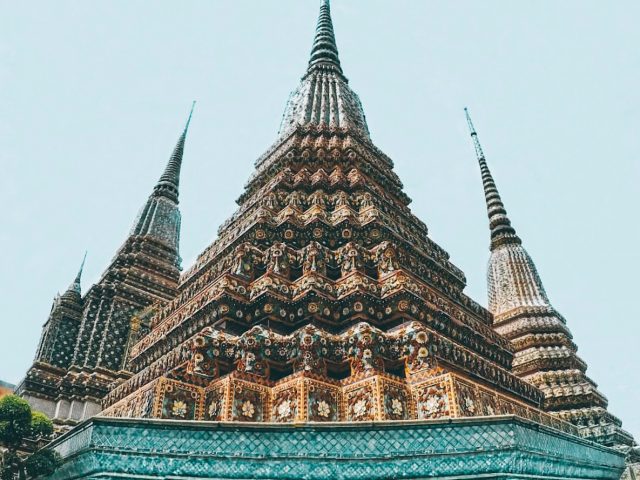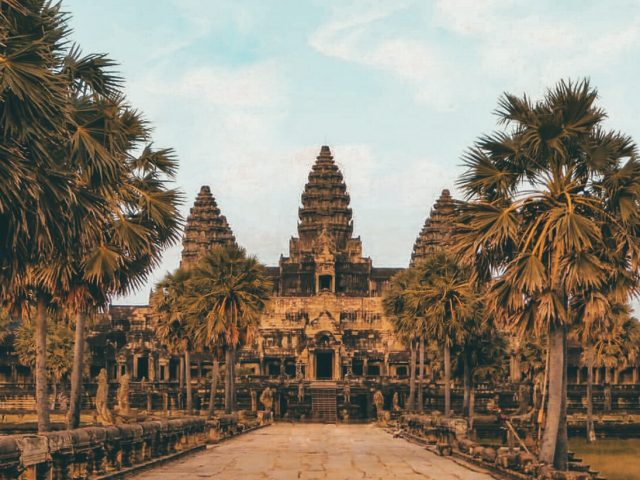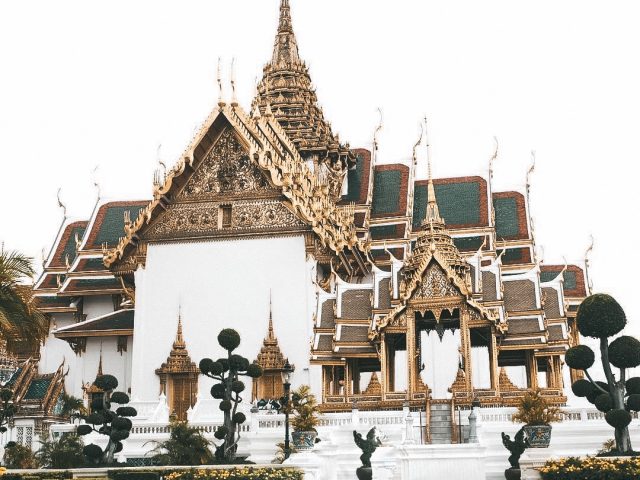Exploring Angkor Wat and Angkor Temples
Angkor Archaeological Park was declared a UNESCO World Heritage site. It is also one of the most significant archaeological sites in Southeast Asia. The temples are stretched over 400 square kilometers just outside of Siem Reap City in northwest Cambodia. So one day won’t be enough to see all the magnificent temple ruins of Angkor Wat and the rest of the temples in the complex.
There are no accommodation around the Angkor Wat area, so make sure you have everything (Angkor Pass, transportation, tour service and/or tour guide) arranged before the tour starts depending on how much time you have and what you’d like to see.
Read More: Siem Reap, Cambodia -A door to the ancient world of the Khmer Empire and Angkor Wat
DAY 1:
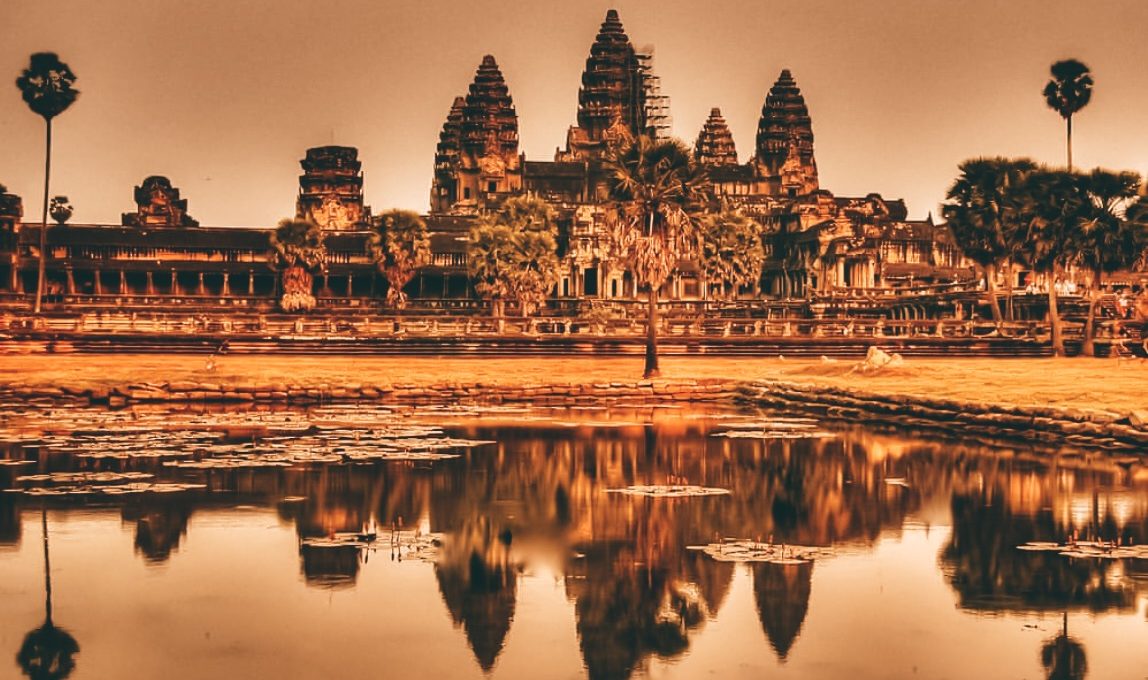
There’s no better way to start your day tour than watching the sunrise over Angkor Wat! The most stunning is capturing it in the reflection pond in front of the temple . You will see the sun slowly rising from behind with its kaleidoscope of amazing colors.
Read More: Watching Sunrise at Angkor Wat
Angkor Wat
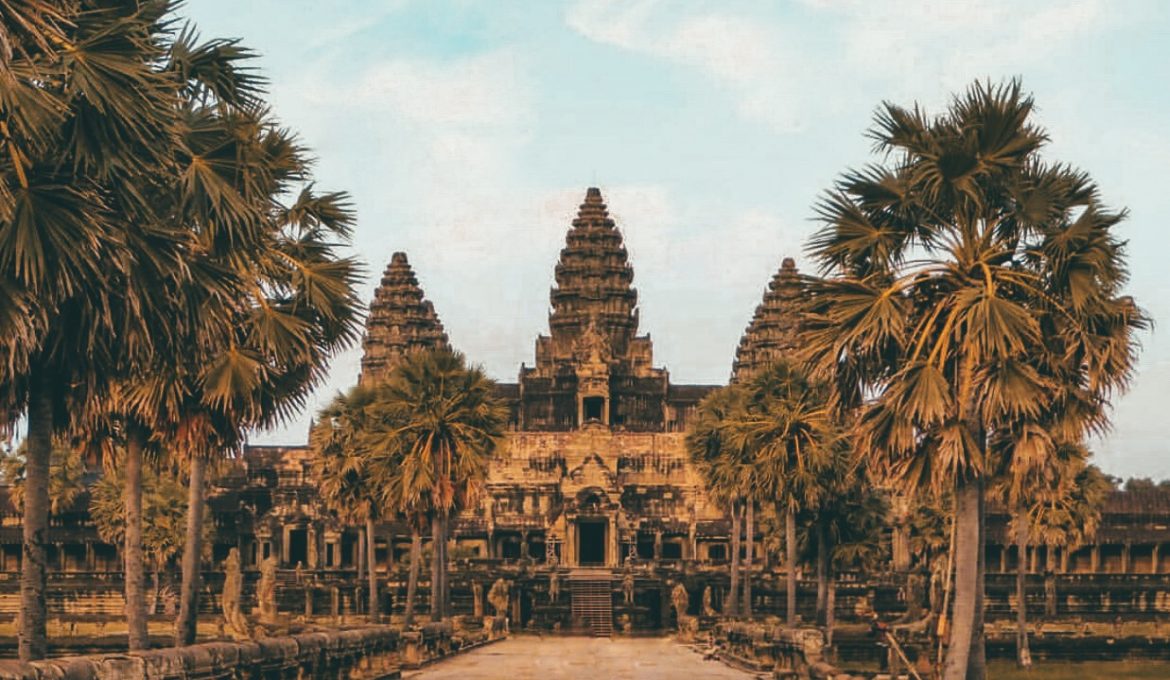
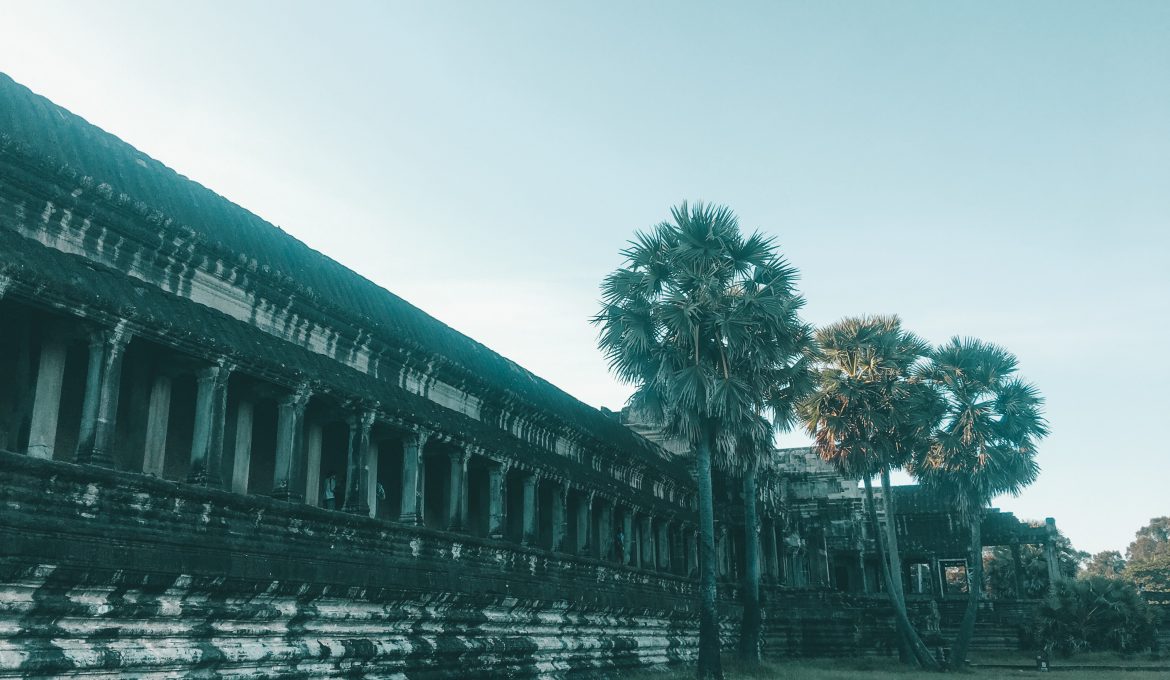
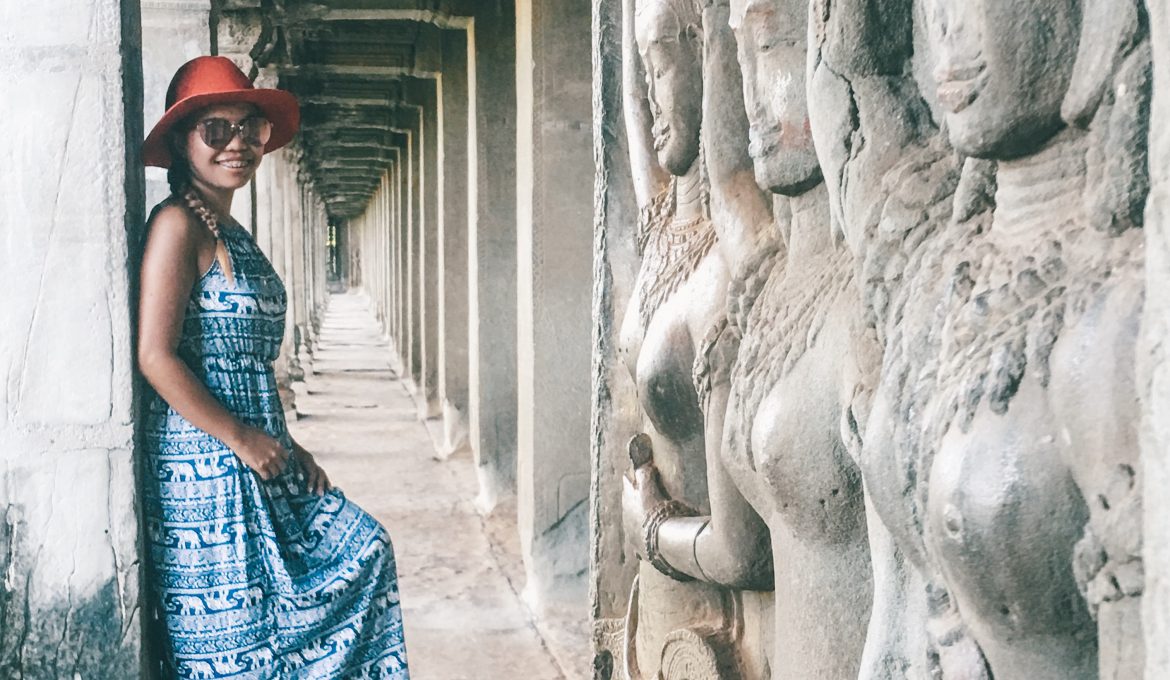
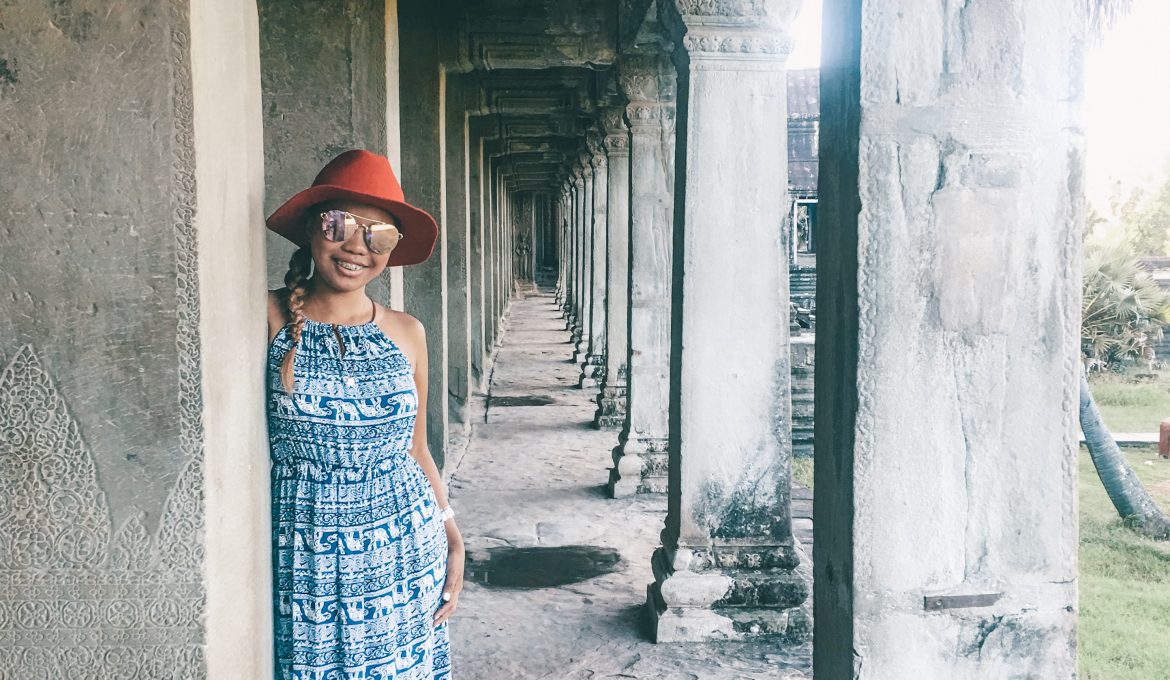
Angkor Wat translates to “City of Temples”. It is Cambodia’s famous UNESCO World Heritage Site and the image on the Cambodian flag. Also known as the largest religious monument in the world, the temple is simply stunning from the outside with rich and interesting architectures to explore inside. There were many beautiful temples we visited, but Angkor Wat was absolutely one of the best!
Ta Prohm
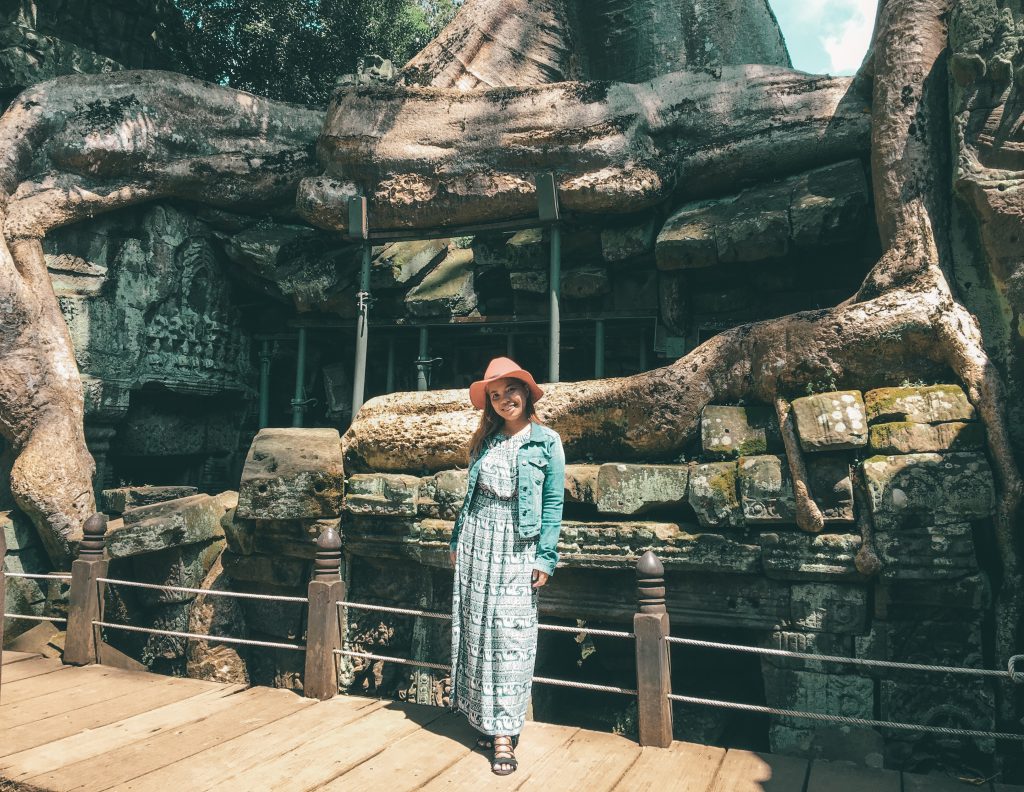
After the fall of the Khmer Empire in the 15th century, the temple of Ta Prohm was abandoned and neglected for centuries until efforts to restore the temples of Angkor began in the early 21st century.

Ta Prohm is one of the most picturesque temples after the restoration with some areas having been rebuilt from scratch. It became very popular after the location was used in the movie Tomb Raider and can quickly be identified through the huge tree called “Tomb Raider tree” growing out of the ruins; making Ta Prohm unique from the other temples.
Ta Nei
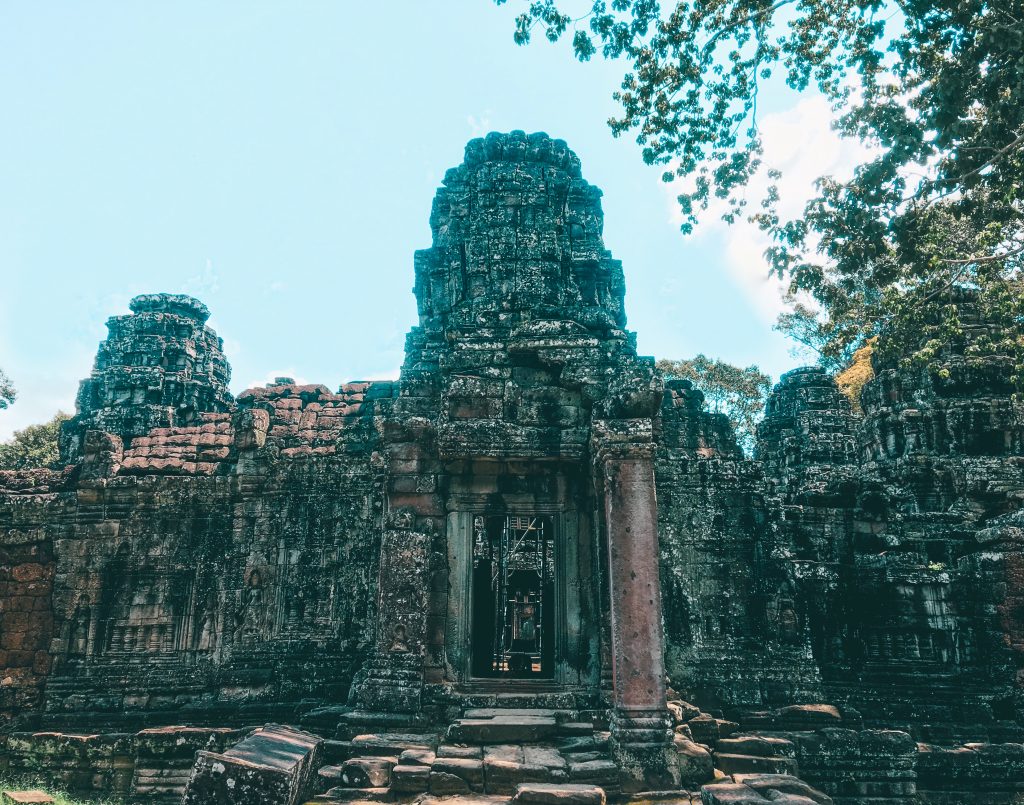
A temple that is pretty much completely untouched and off the beaten track that will give you the experience of a quiet and peaceful moment in the jungle. Ta Nei is well-hidden and not a lot of tourist visit the ruins. It may not be that impressive but worth a visit especially if you are tired and worn out from exploring the other temples. This is a great place to relax and hide from the crowds for a moment.
Ta Keo
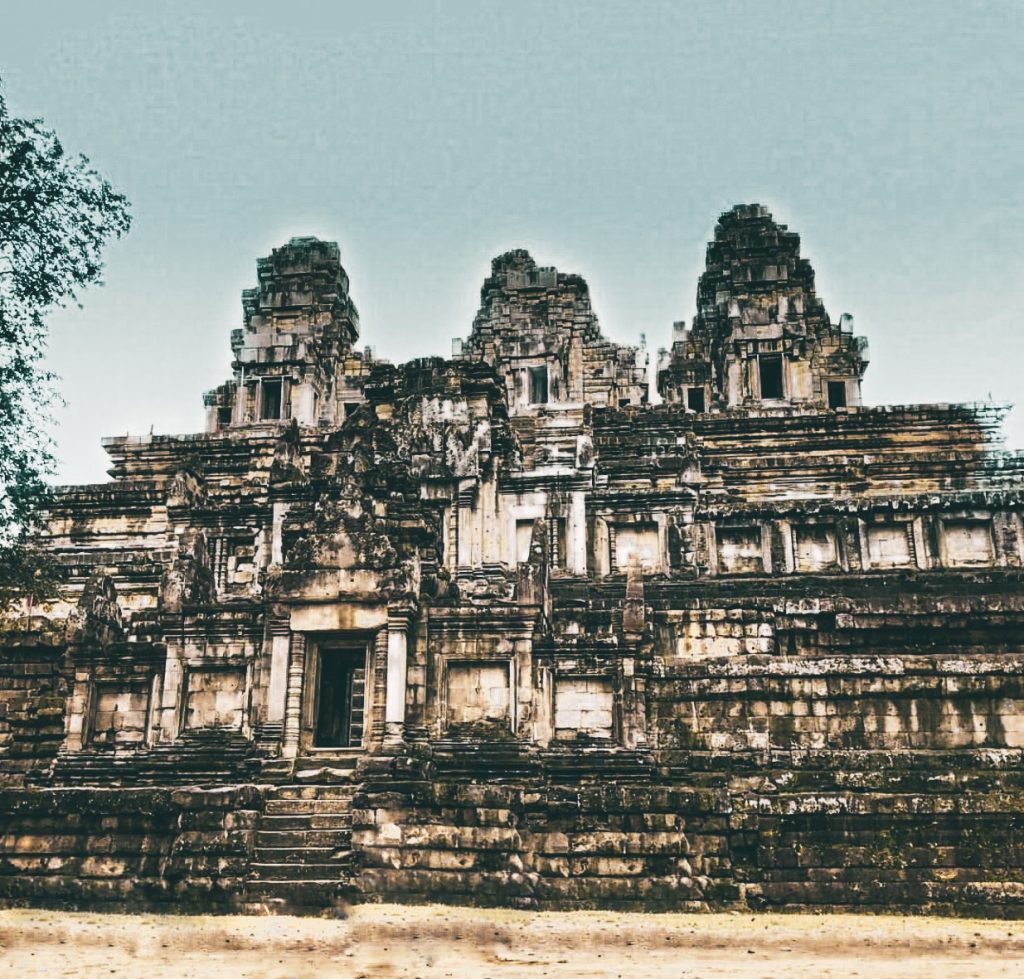
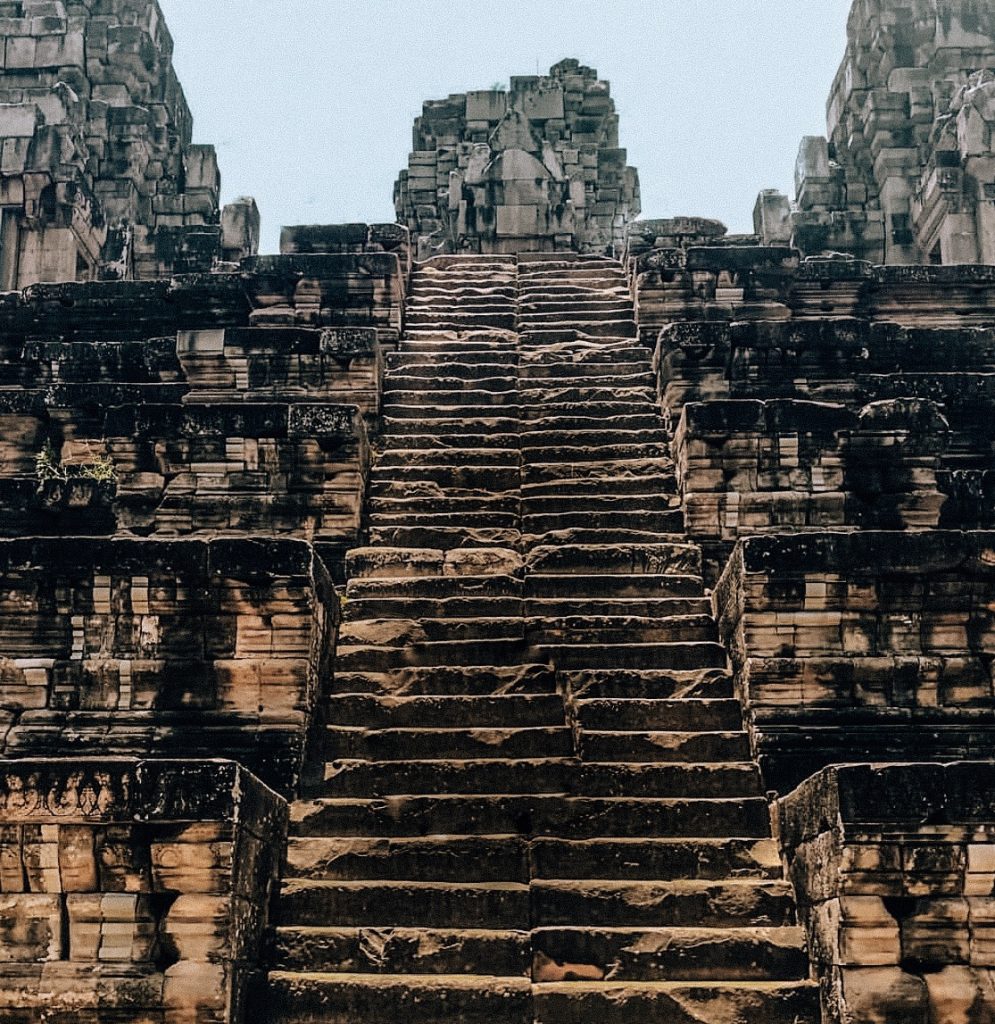
Ta Keo is a temple-mountain and one of the tallest in the Angkor. King Jayavarman V began the construction of his own temple state seven years after he succeeded his father. The ancient inscriptions say that a lightning strike hit the unfinished building which was considered a bad omen so the construction stopped. The stairs may be a little steep to climb but the view of the forest from the top was worth seeing.
Banteay Kdei
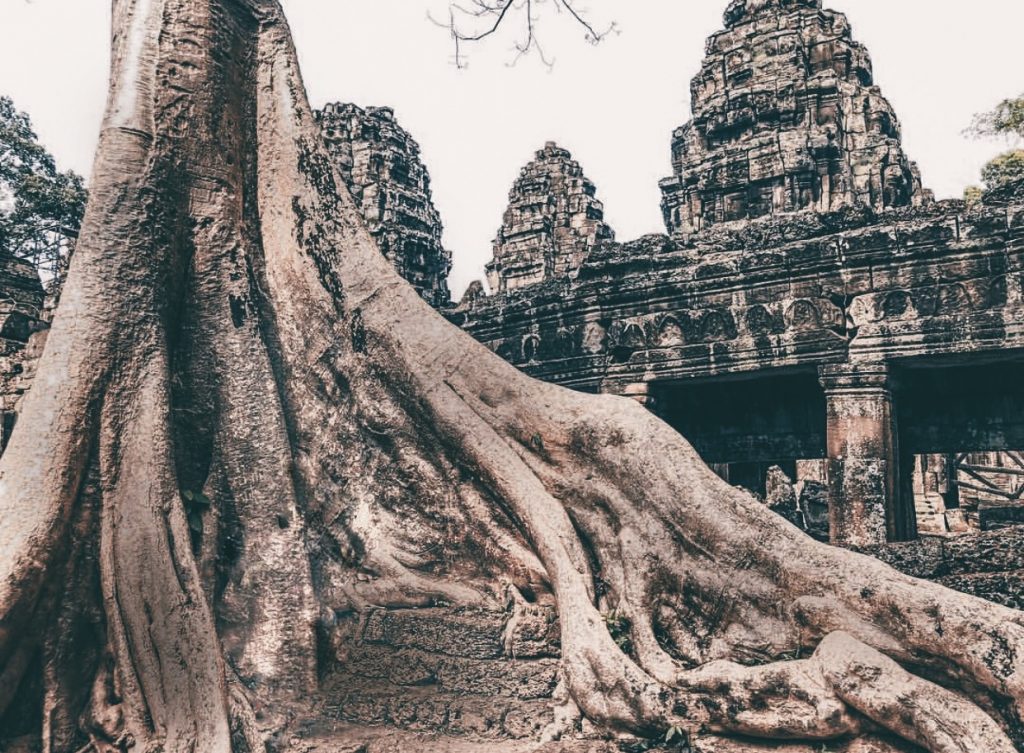
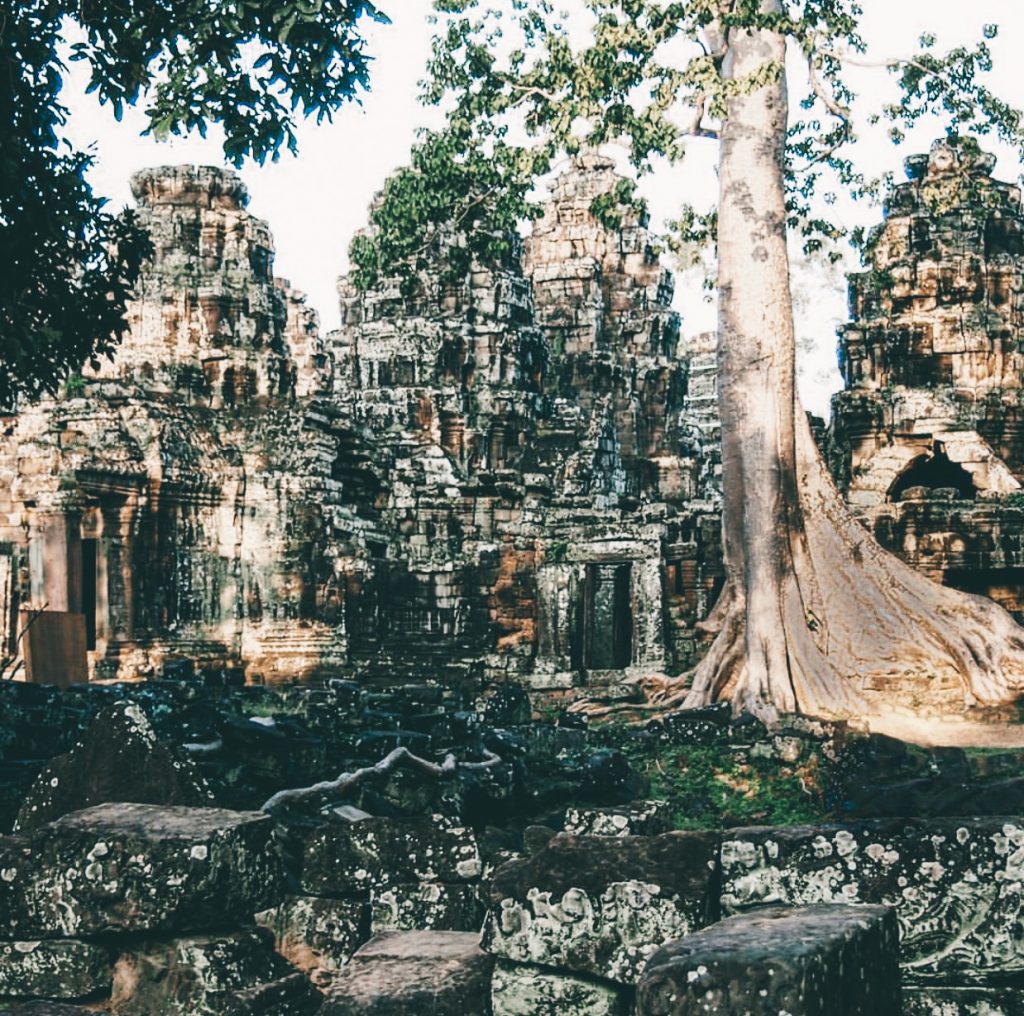
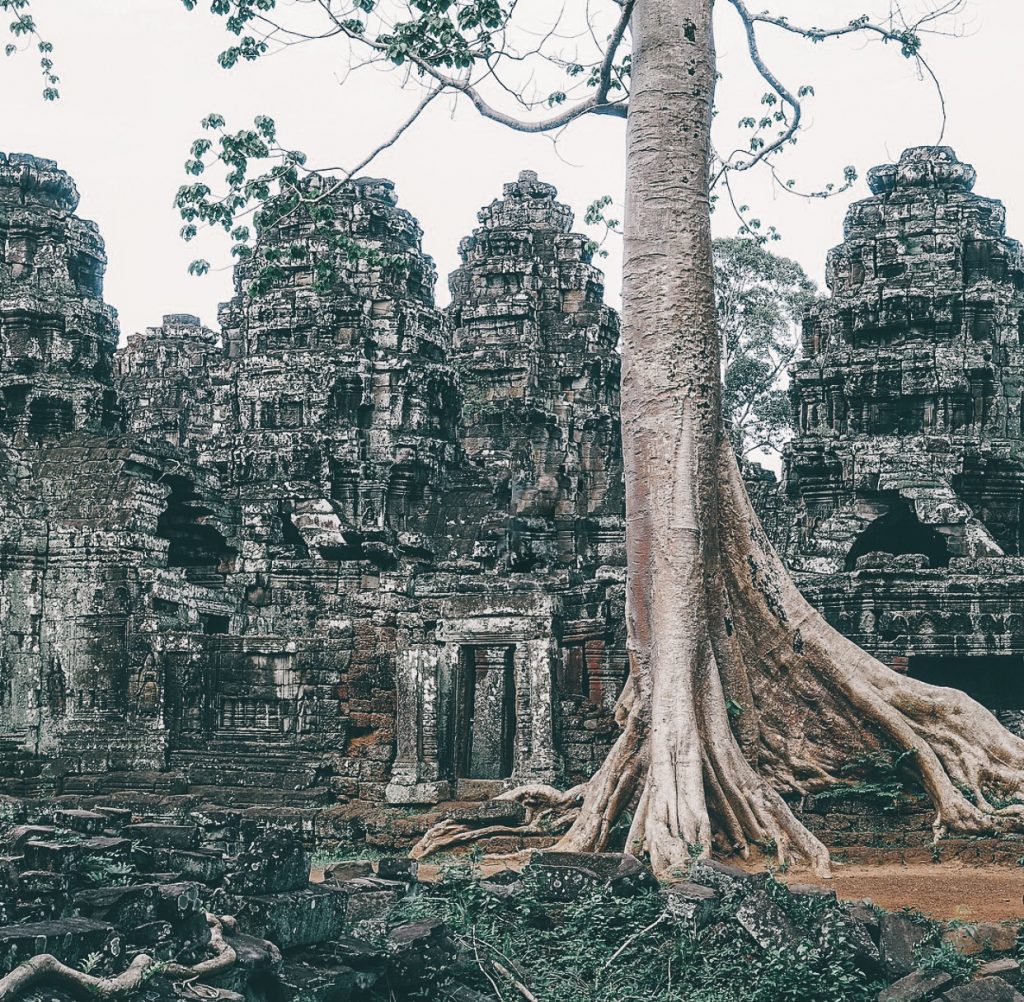
Banteay Kdei is a large buddhist monastic complex known as “A Citadel of Chambers.” It is another untouched and less restored temple. Another way to get away from the crowd for a few minutes. We didn’t find it as impressive as Ta Prohm and Preah Khan, which have a similar architectural styles, but the serene experience and its beautiful towers gave Banteay Kdei a factor that made our visit worth it.
South Gate of Angkor Thom
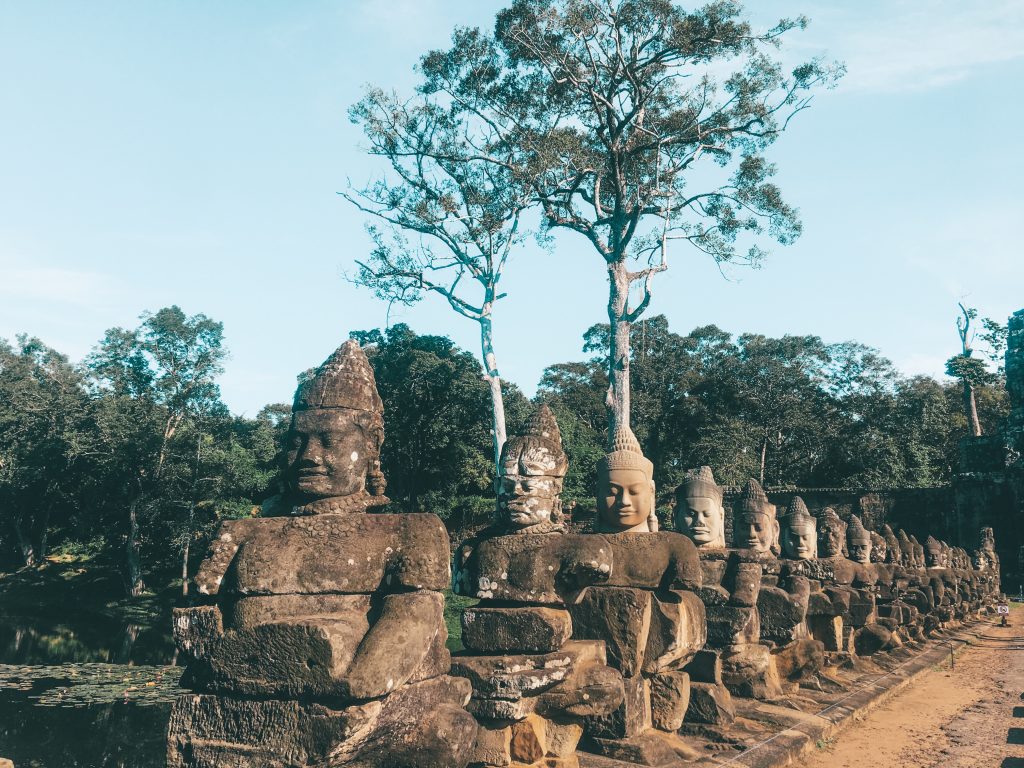
Angkor Thom (translates as “great city”) is the big walled city built by Buddhist King Jayavarman VII. The South Gate is one of most preserved and visited among the 5 gates which guard the ancient city.
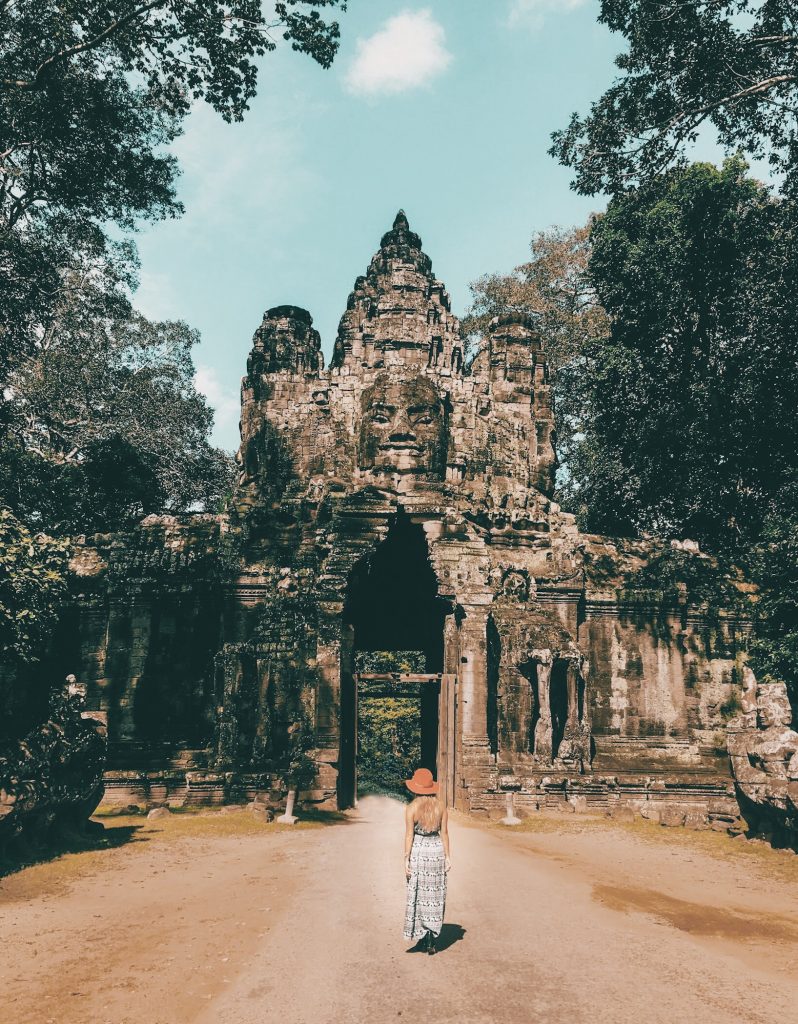
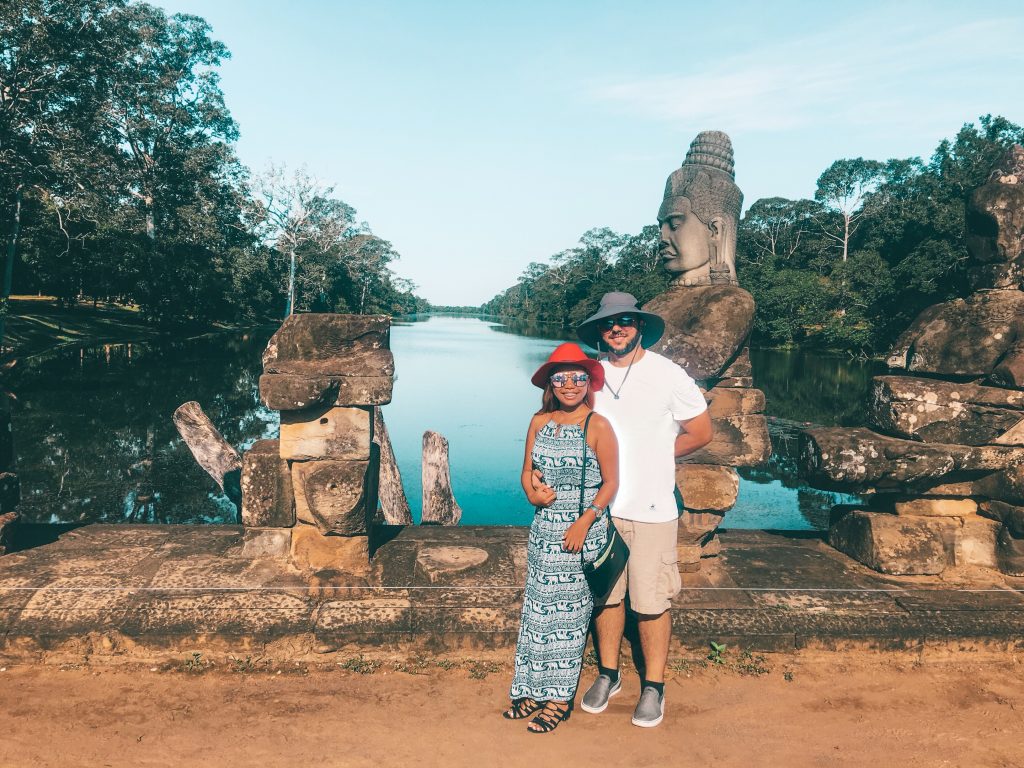
On each side of the causeway you will be greeted by 54 stones that extend across the moat: on the left side are 54 devas (guardian gods) while on the right side are 54 asuras (demon gods) with various facial expressions so it’s up you to guess if they were angry, happy, sad or serious.
Also Read: Angkor Temples: Top 5 Must-See
Bayon
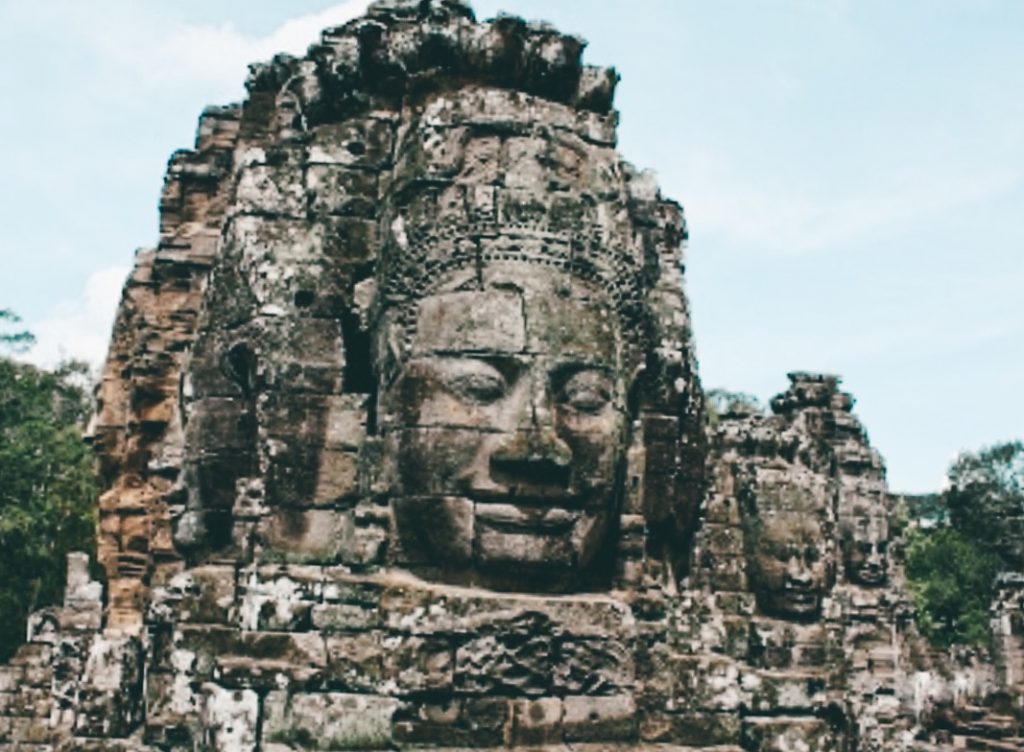
Gigantic stones carved with beautiful smiling faces in the middle of Angkor Thom will absolutely leave you in awe. Bayon is the state temple and temple mountain of Buddhist King Jayavarman VI as part of his program of monumental construction and public works.
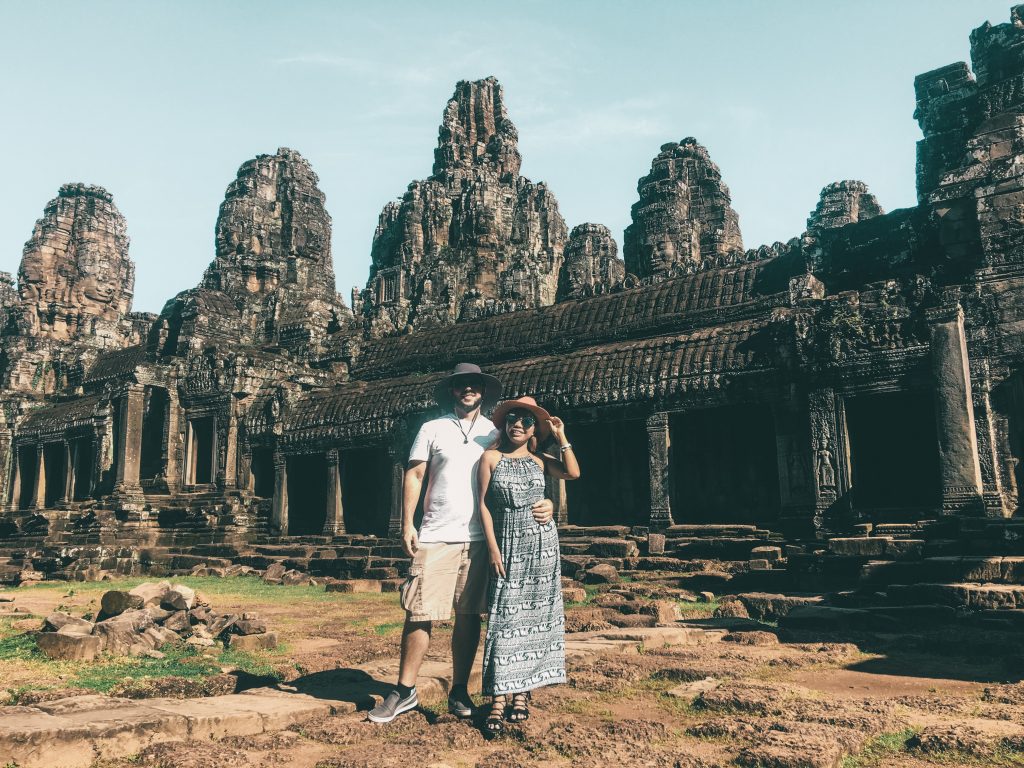
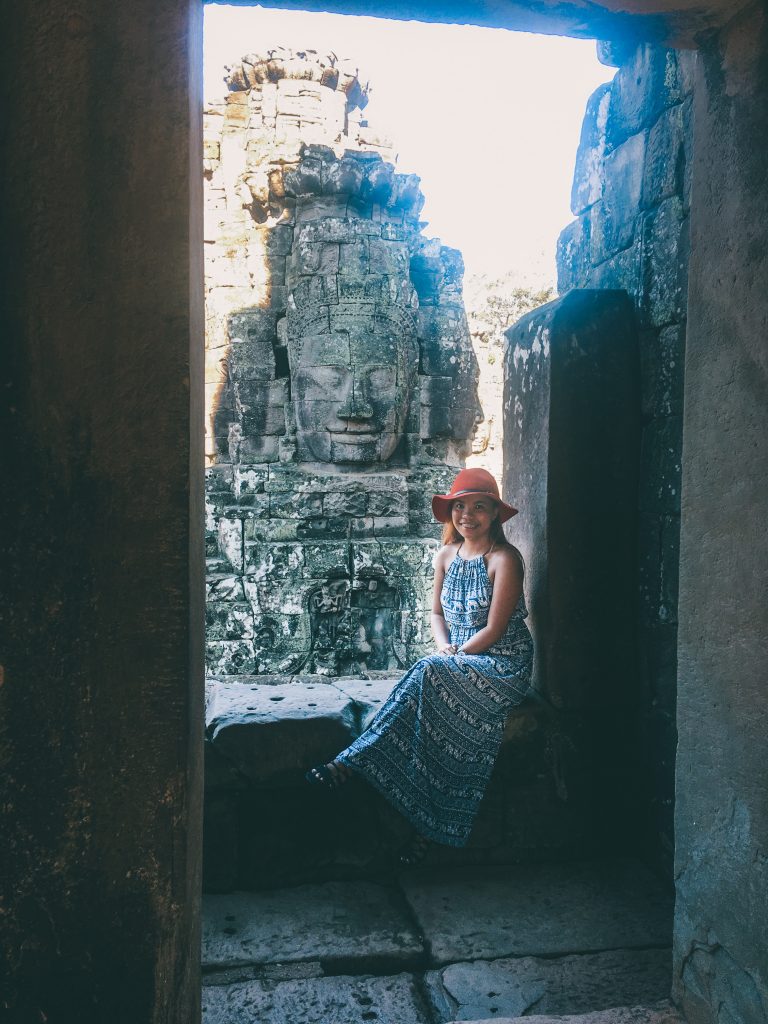
If I were to name it, I’d obviously call it a “temple of smiles” and its undoubtedly on top of my favorites.
Baphuon

The tallest pyramidal temple mountain built in the mid-11th century just northwest of Bayon temple. It was closed and after decades of restoration was reopened to the public in 2011.
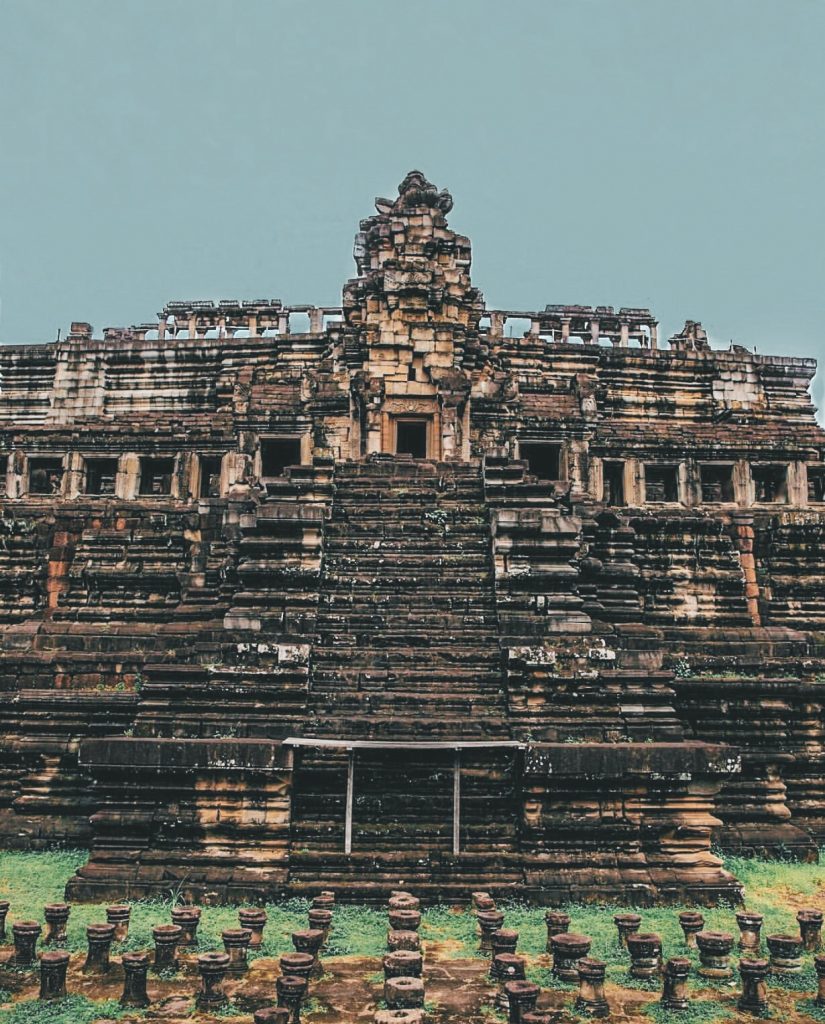
Baphuon is not one of the most famous in the site but it’s less crowded with a nice view at the top. Just remember that you’ll have to climb steep stairs which can be a bit challenging for some but worth a visit since it is located in Angkor Thom.
Phimeanakas
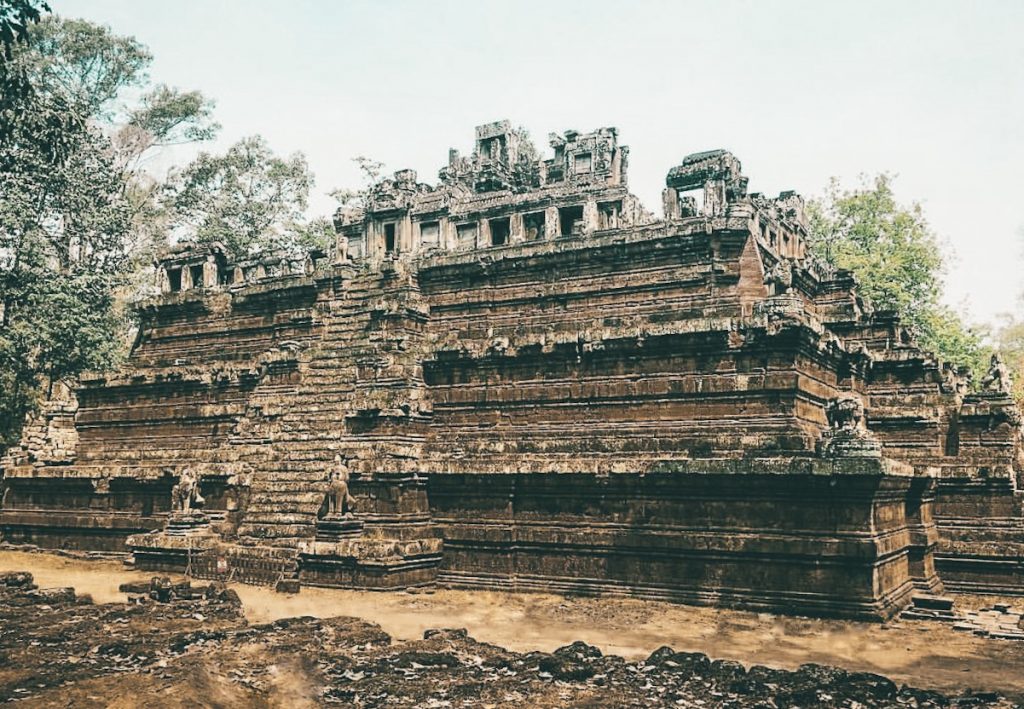
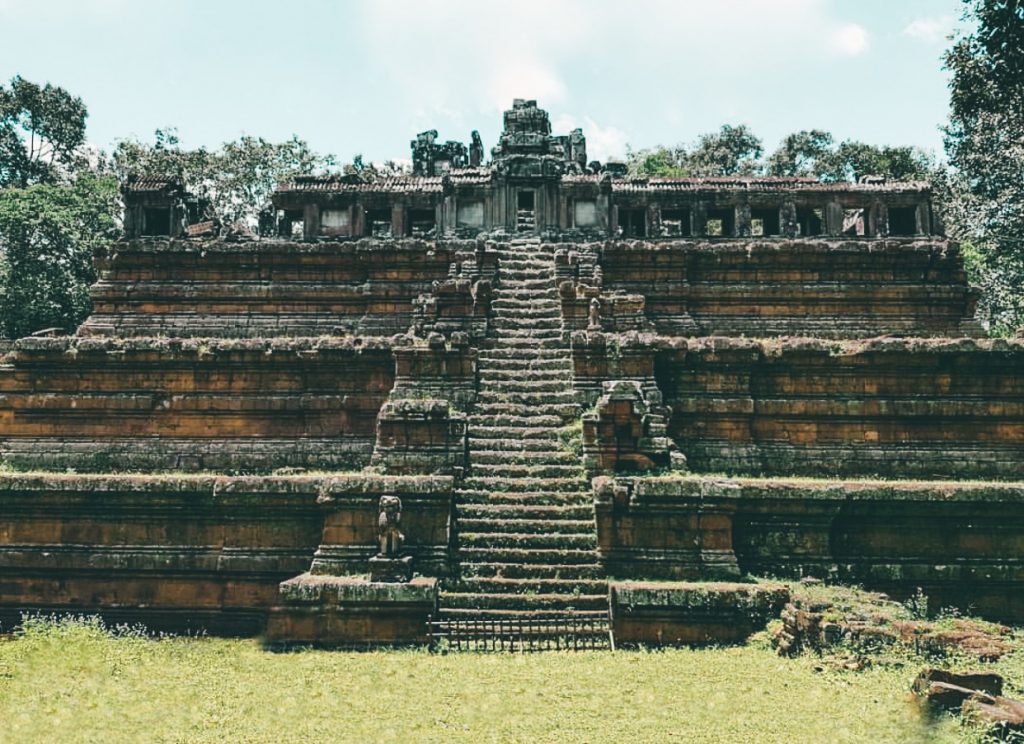
Also called “celestial temple” built at the end of the 10th century with its interesting golden color and three-tier pyramid style.
Chau Say Tevoda & Thommanon
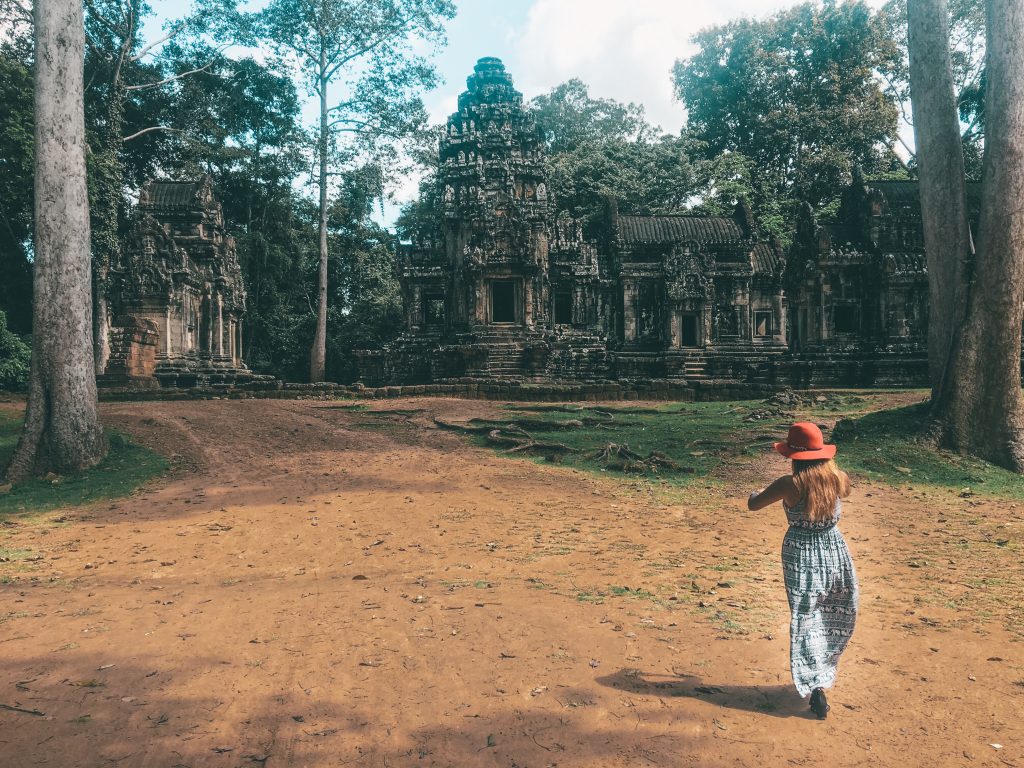
Chau Say Tevoda is a Hindu temple and was built the mid-12th century located 500 meters from the Victory Gate. The restoration of the temple project was initiated and funded by the Government of People’s Republic of China and reopened to the public in 2009.
Just across the road is Thommanon, a single-towered, small and fabulous temple. The restoration of the temple was funded by the École Française d’Extrême-Orient (EFEO) where french archaeologists restored it and added concrete ceilings. The images of female divine carved figurines (devatas) are the main distinction of the temple.
Both were built around the same time with the same style but not as huge as the Angkor Wat.
DAY 2:
Preah Khan
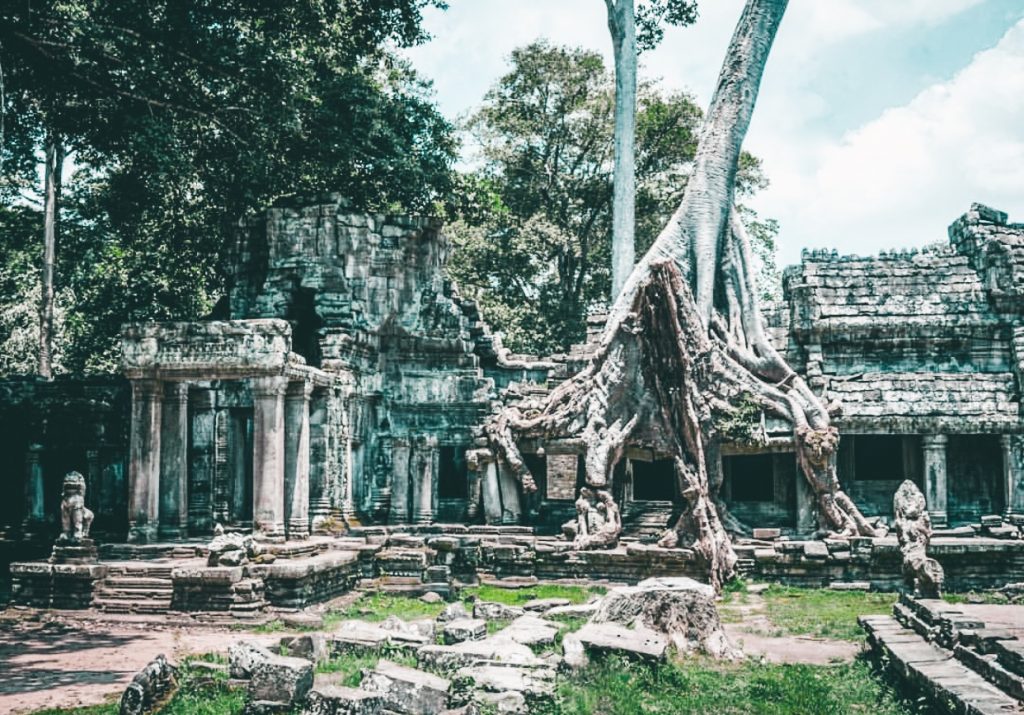
Preah Khan translates to its modern name “holy sword” derived from the original meaning of Nagara Jayasri as “holy city of victory”. One of the most significant buildings during the Khmer empire built in the 12th century for King Jayavarman VII to honor his father.

A large, lovely jungle setting complex and another less crowded temple which will give you more pleasure in wandering around.
Neak Poan

Located inside the artificial lake Jayatataka, Neak Poan is a buddhist temple built in the late 12th century during the reign of King Jayavarman VII. It was believed that Neak Poan is a representation of Lake Anavatapta, a mythical lake in the Himalayas whos waters have the power to cure any and all illnesses.
It is in a big central pond connected and surrounded by four smaller pools representing Water, Earth, Fire and Wind. Protective fences were built around the ponds, which didn’t allow us to walk further and get closer to the temple.
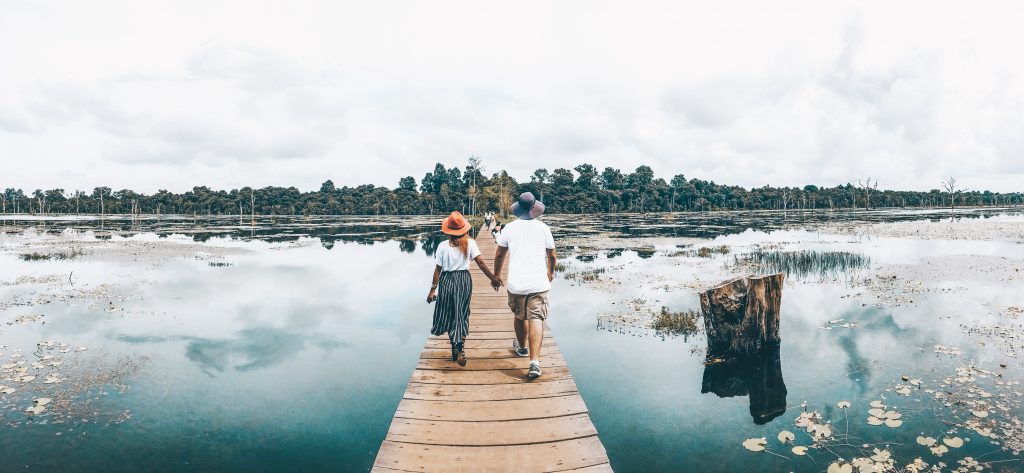
For you to reach the temple, you will have to walk on a narrow and stretched boardwalk in the middle of the artificial lake with the dead and cut trees surrounding it. Though there is not a lot to see in the temple, a breezy afternoon walk through the walkway with the reflection of the fluffy clouds from the skies certainly made up for it.
Ta Som
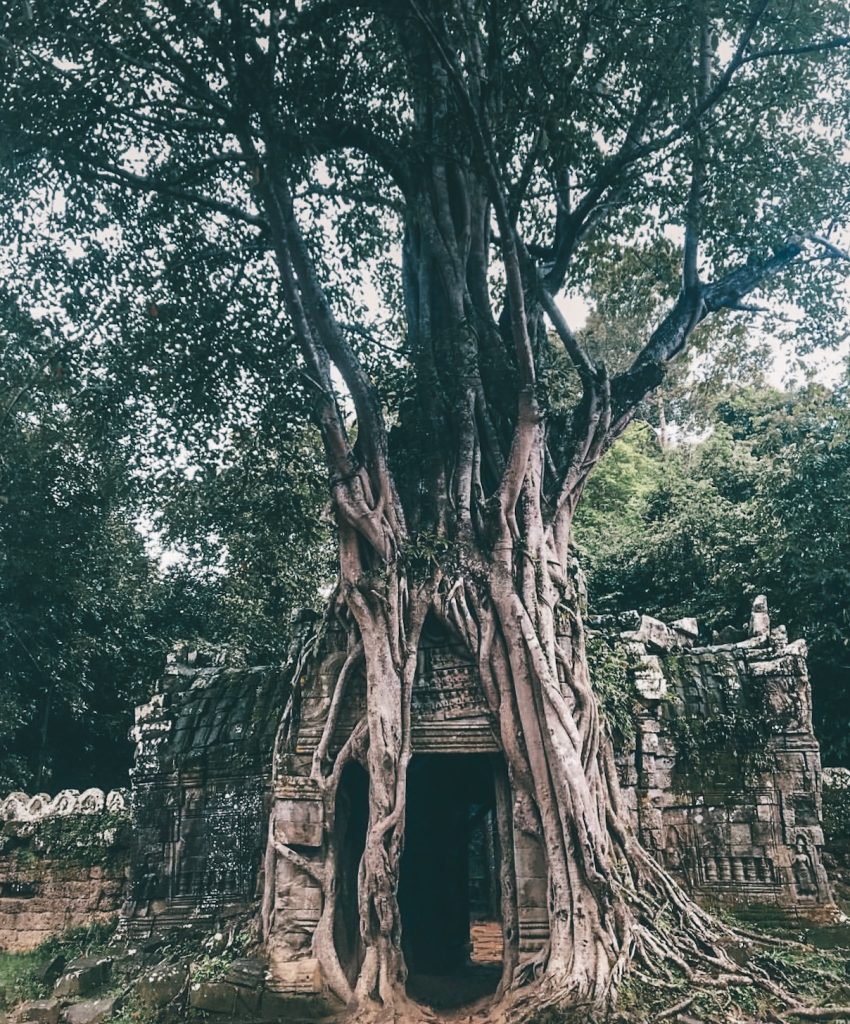
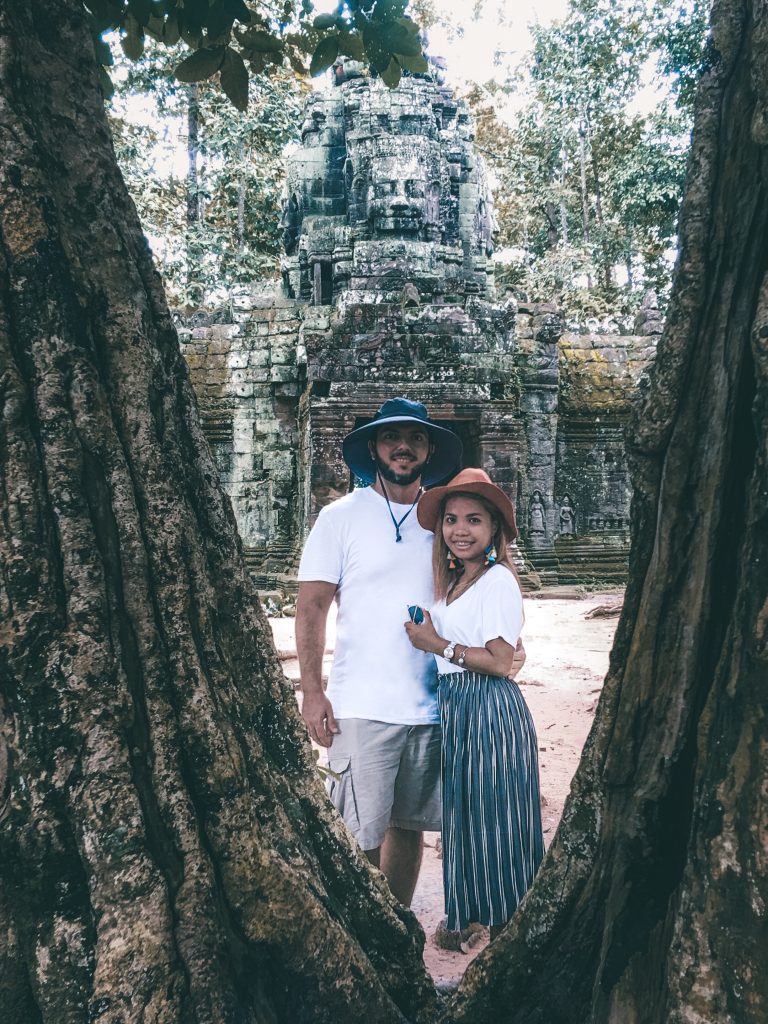
Located just east of Neak Pean, this fairly small temple was built at the end of the 12th century for King Jayavarman VII as an honor to his father. Largely unrestored and not visited by a lot of tourists, it gave us more time to enjoy it as a quiet place. Though Ta Som has the same style with the other temples, the giant fig trees that has overgrown at the eastern gate made it unique.
East Mebon
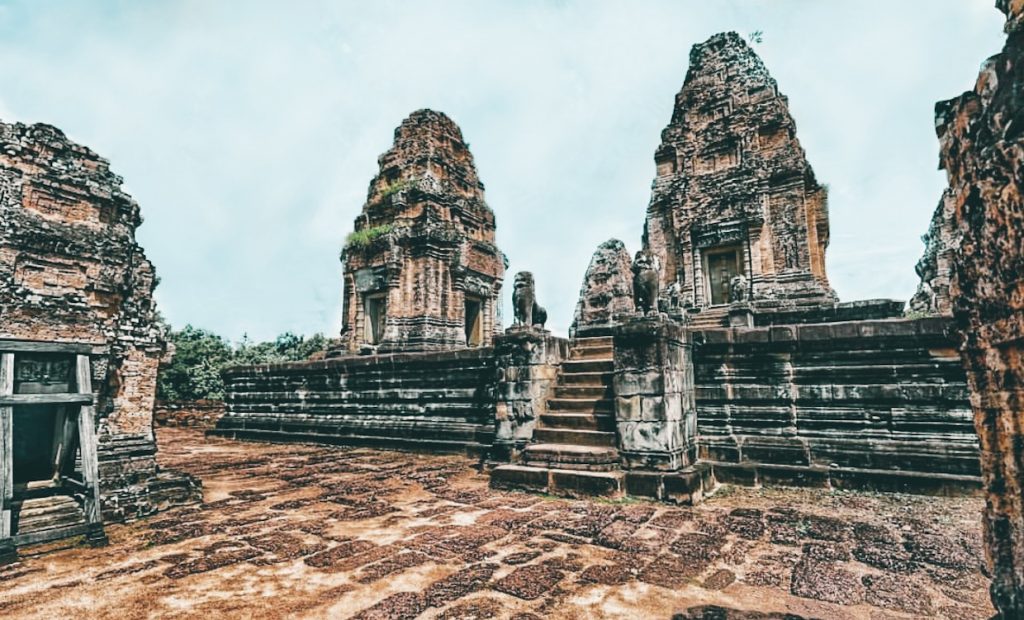
A mountain temple built in the 10th century by King Rajendravarman to honor his parents and dedicated to the Hindu god Shiva. It was said that the temple is only reachable by boat as it is located in the man-made lake called East Baray measuring 7km x 1.8km which is now dry.
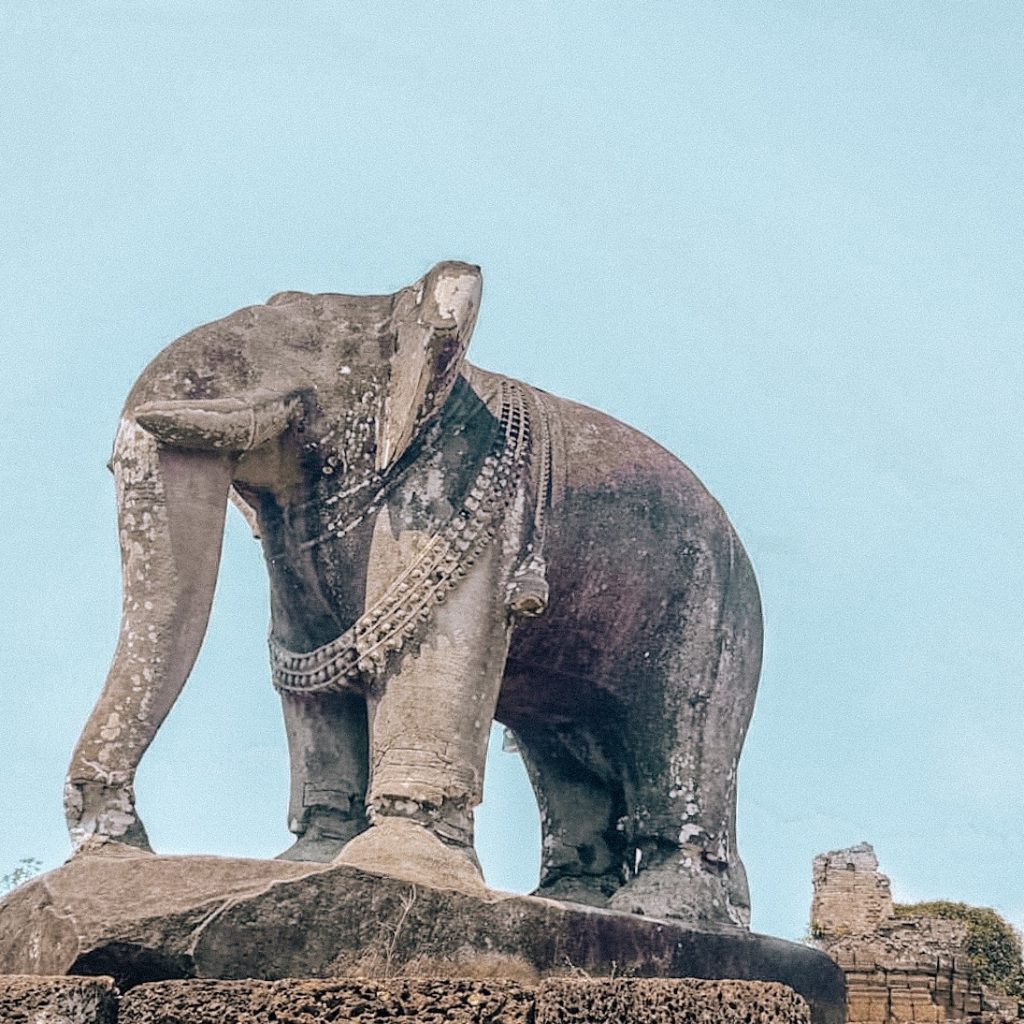
We liked this temple because it wasn’t too crowded. We got to enjoy taking photos of the impressive human-sized elephant statues guarding each corner.
Banteay Srei
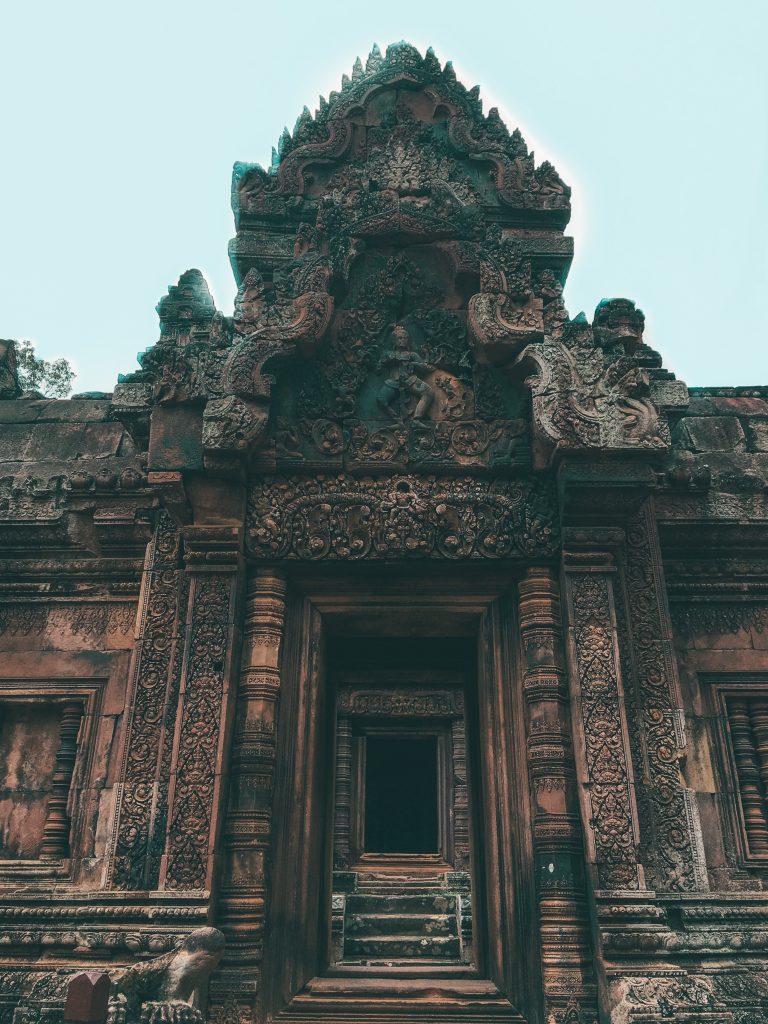
Driving through the rocky road, passing by the villages, rice paddies and coconut trees, we had no idea that our guide will bring us to one of the most beautiful temples in the Angkor that became one of my Top 5 Must-See Temples of Angkor list.
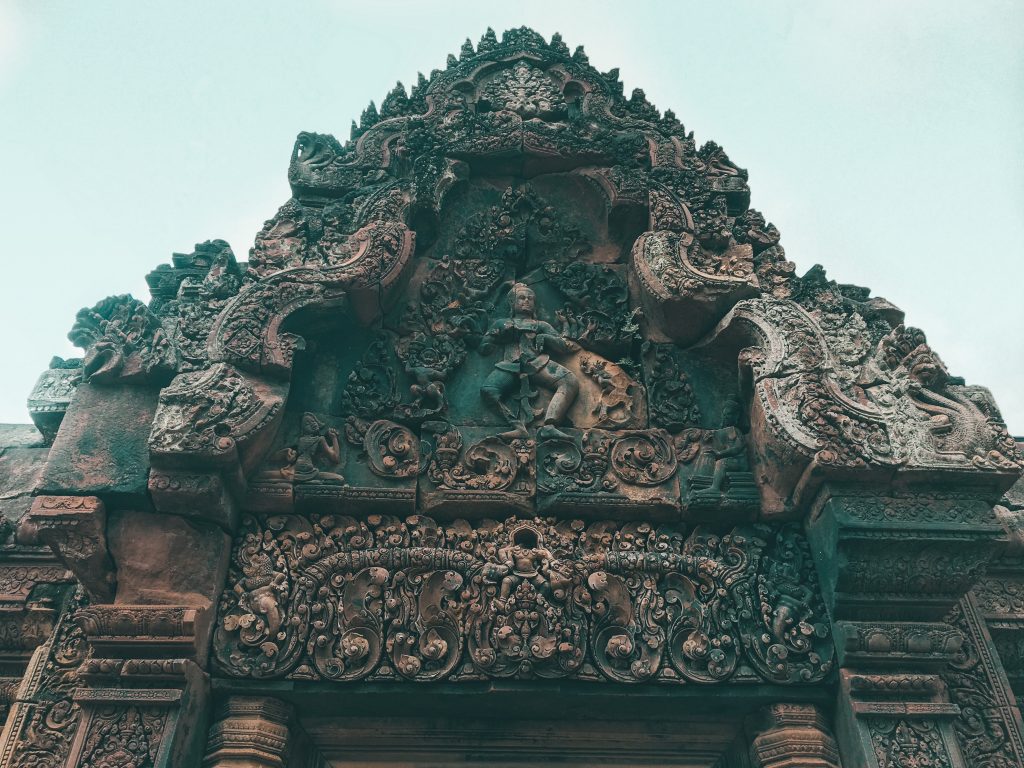
Situated 25 kilometers northeast of the main temples is a hindu temple built by Yajnavaraha in the 10th-century dedicated to Shiva. Also called the “Lady Temple”, “Citadel of the Women” or “Citadel of Beauty”, it is said that the beautiful and detailed carvings were so exquisitely made that only women have the ability to do.
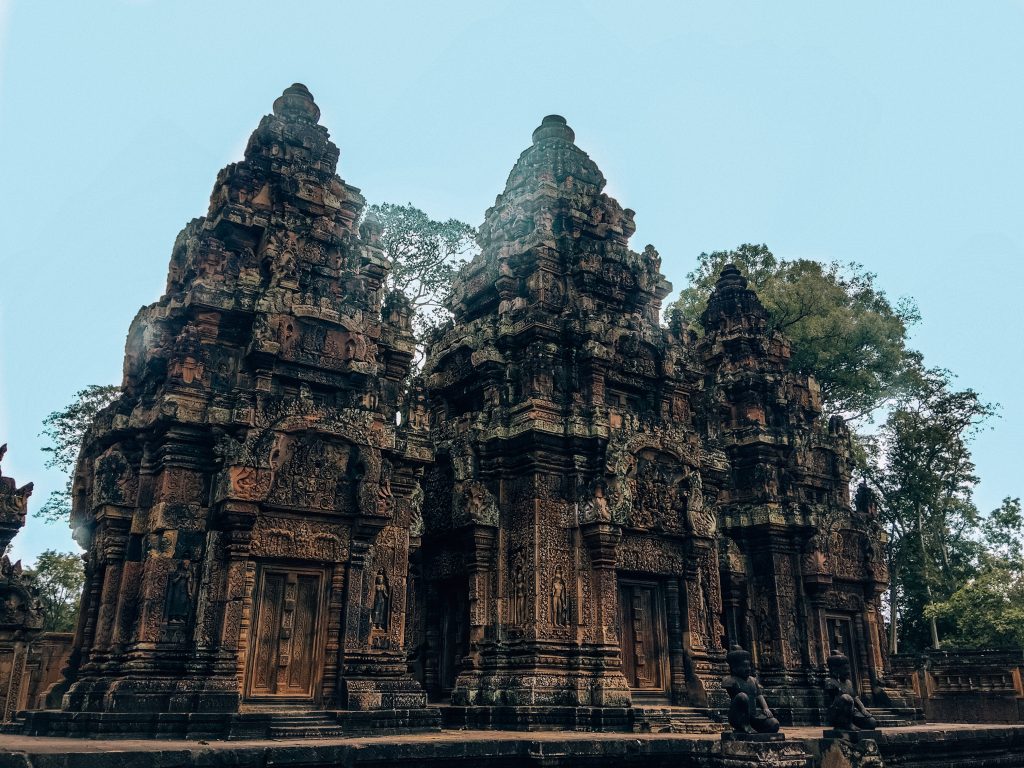
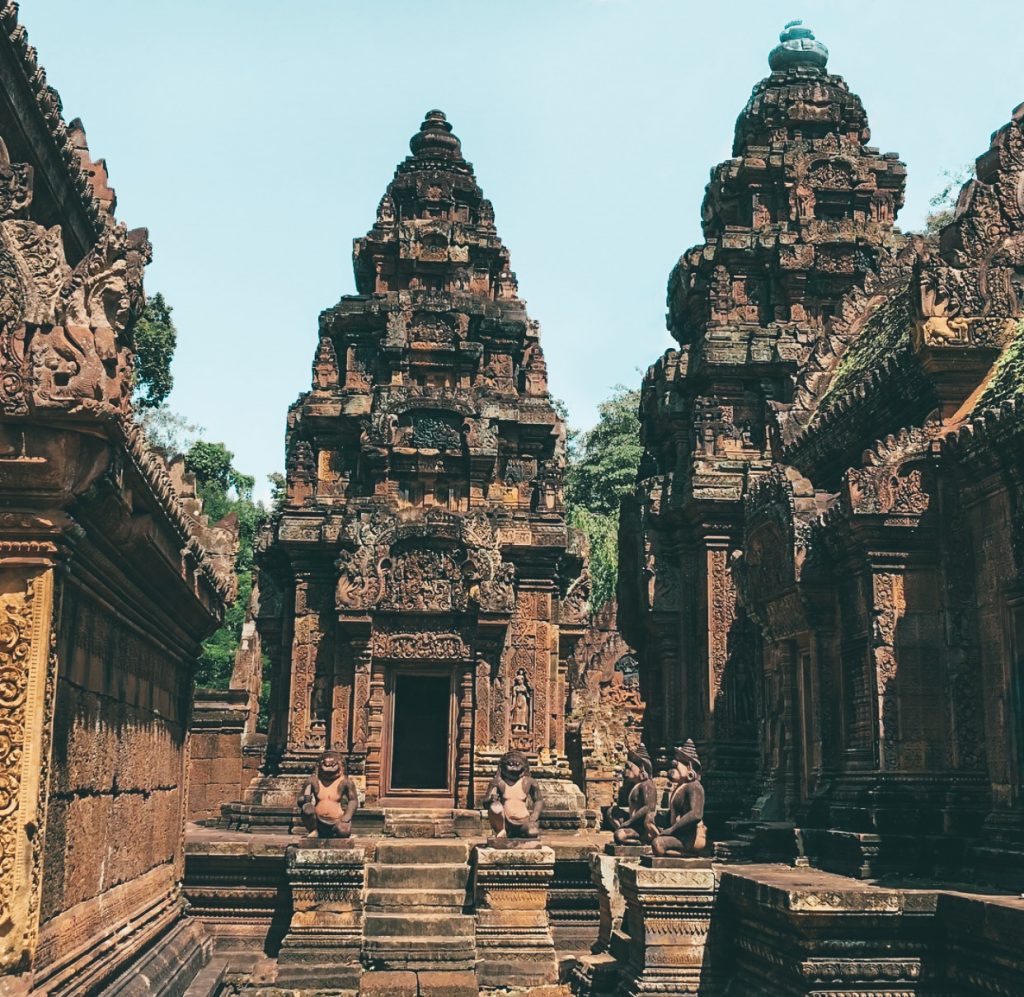
This was the first French-restored temple of Angkor in the 1930s using the method of Anastylosis. The temple is made of solid red sandstone that gives a unique pinkish color and beautifully detailed motives of Khmer Art. Having a different kind of charm, though a bit out-of-the-way from the other temples, we were blown away and glad this was part of our tour. I would definitely recommend including this in your itinerary.
Banteay Samre
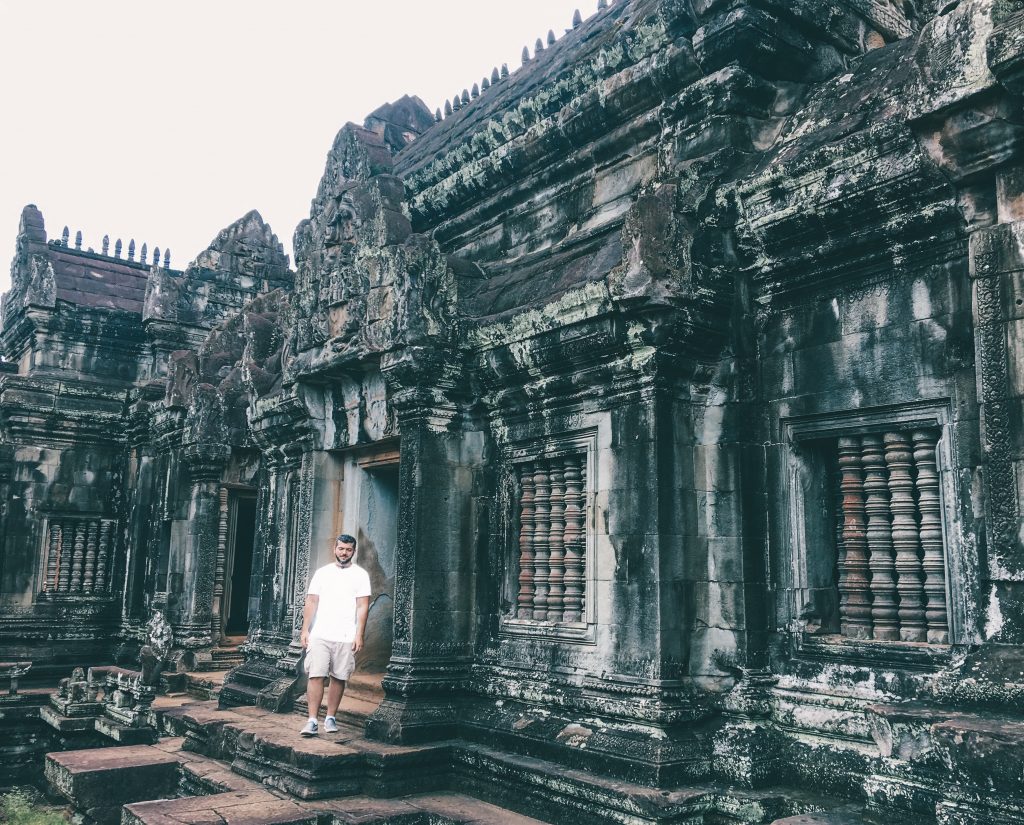
After visiting Banteay Srei, we stopped here on our way back to the city. Banteay Samre was built in the early 12th century and a Hindu temple recognizable to have the Angkor Wat style architecture. This temple was restored by the french with the use of anastylosis method.
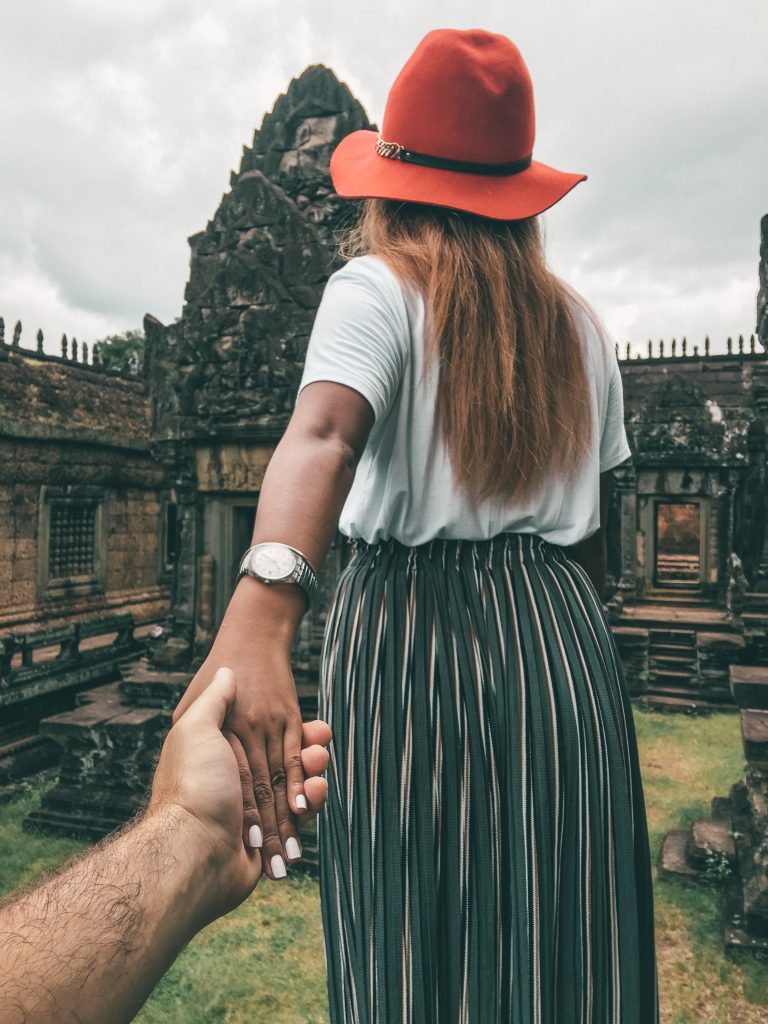
To our surprise, we only saw a few people when we got here maybe because not everyone has the time to go that far or the fact that it wasn’t part of the regular day tours.
Pre Rup
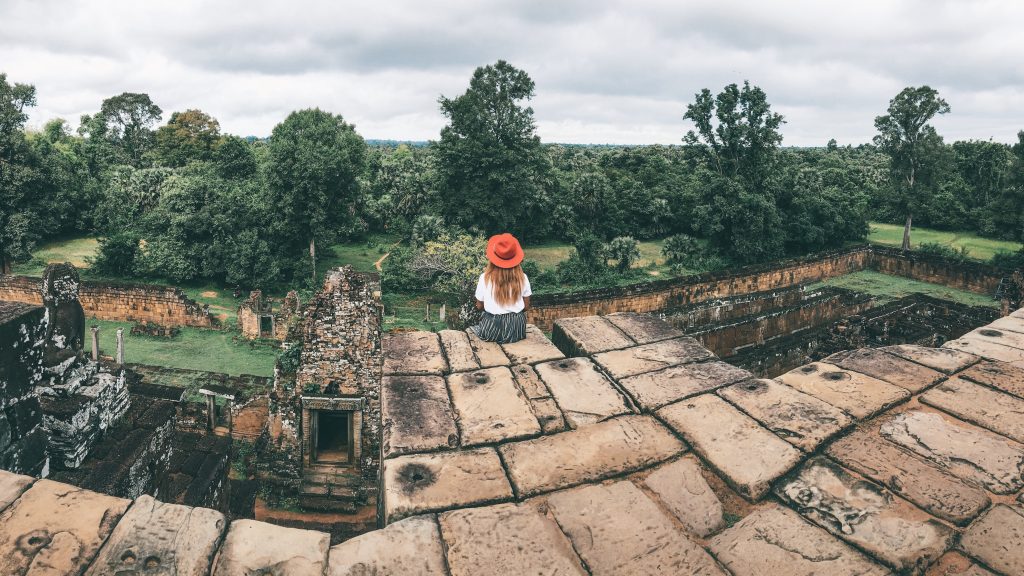
A mountain temple built as a state temple of Khmer king Rajendravarman II and was dedicated to the Hindu god Shiva. Pre Rup means “turn the body” and called crematorium as it is believed that the locals who lived here cremated the dead in this temple during the 16th century.
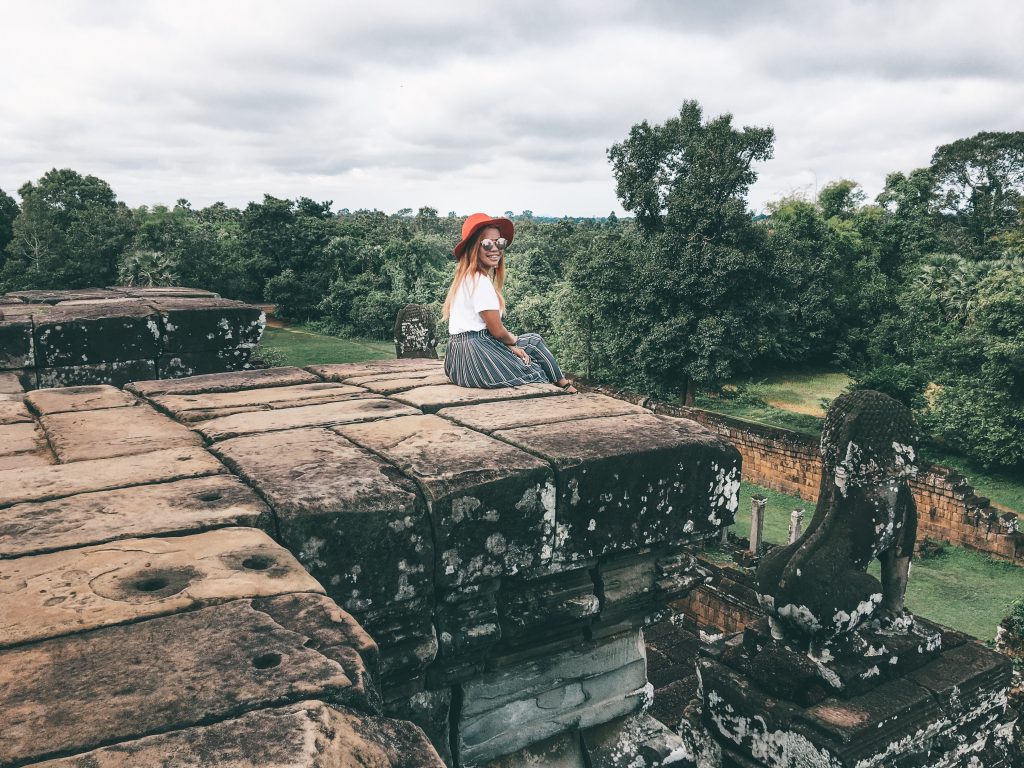
Pre Rup is a famous spot for people to watch the sunset. Expect the temple to get crowded when you visit during the afternoon. Well, we missed it since we finished with the tour early. But we still had the opportunity to take some good photos and had fun exploring the temple during the day.
Also Read: Angkor Wat Travel Guide: Top 10 Things to Prepare
Follow me on Facebook and Instagram.
Make sure to subscribe to my newsletter to be updated and inspired with new travel destinations!
…AND feel free to email me if you have any questions or suggestions of blog topics you’d like me to write about.

